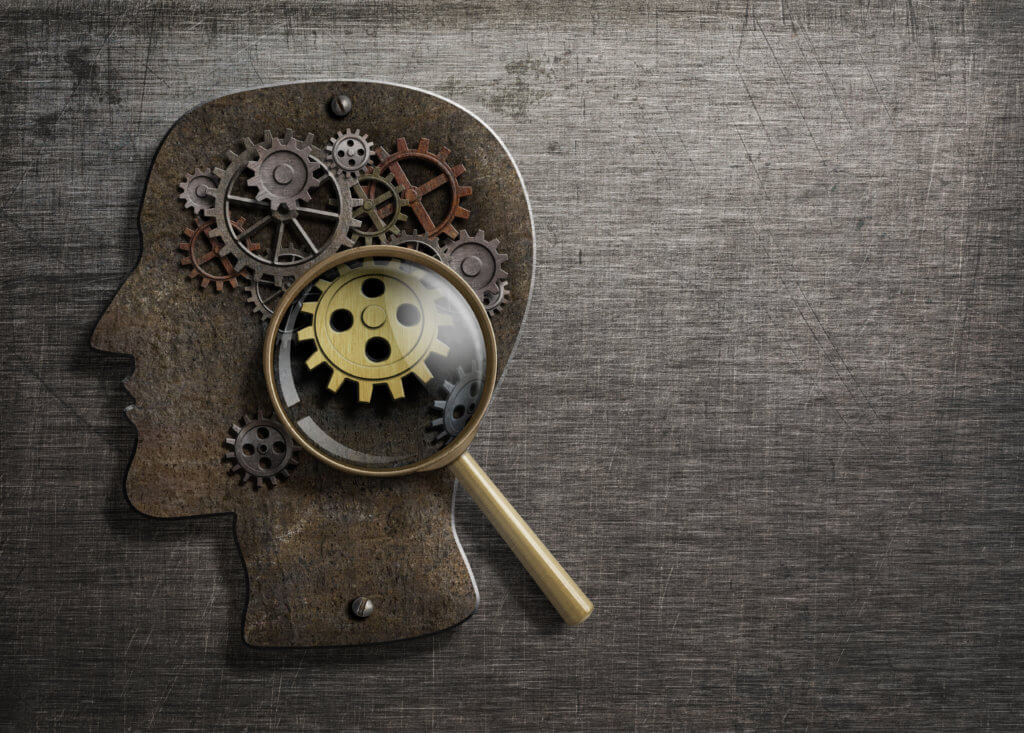Memories Drive Brain’s Rhythmic Activity, Arizona Researchers Find
In a fascinating study shedding light on the brain’s inner workings, researchers from the University of Arizona have discovered that memories play a significant role in driving rhythmic patterns of electrical activity known as oscillations in the brain. These findings challenge the previous belief that external factors were the primary driver of these oscillations.
The researchers specifically focused on theta oscillations, which are rhythmic signals that emerge in the brain’s hippocampus region during activities like exploration, navigation, and sleep. The hippocampus is a crucial area responsible for memory formation.
“Surprisingly, we found that theta oscillations in humans are more prevalent when someone is just remembering things, compared to experiencing events directly,” says lead study author Sarah Seger, a graduate student in the Department of Neuroscience, in a statement.
The implications of this discovery could be significant for treating patients with brain damage and cognitive impairments, such as those who have experienced seizures, stroke, or Parkinson’s disease. By harnessing memory to stimulate theta oscillations from within the brain, researchers believe there could be potential for improving memory over time.
Collaborating with researchers from the University of Texas Southwestern Medical Center in Dallas, the team conducted experiments with 13 patients preparing for epilepsy surgery. The researchers implanted electrodes in the patients’ brains to monitor occasional seizures and recorded the theta oscillations in the hippocampus.
In the virtual reality experiment, the patients used a joystick to navigate a virtual city on a computer. When they arrived at their destination, the virtual reality experiment paused, and the researchers instructed the participants to imagine the starting location and mentally navigate the route they had just passed through. The researchers compared the theta oscillations during the initial navigation to the participants’ subsequent recollection of the route.
Interestingly, the oscillations were more frequent and lasted longer when participants were remembering the route compared to when they were actively navigating it. This led the researchers to conclude that memory is a powerful driver of theta oscillations in humans.
Professor Arne Ekstrom from the UArizona Department of Psychology and senior author of the study highlighted the potential of cognitive training and rehabilitation to compensate for impaired cognitive function. By teaching patients with memory impairments to improve their memory, it may be possible to enhance brain function.
In the future, Ekstrom plans to conduct similar research with freely walking patients to compare how freely navigating and memory differ in terms of brain oscillations.
Seger emphasized the significance of directly comparing oscillations during the original experience and subsequent memory retrieval, calling it a huge step forward in understanding the neural basis of memory.
The study is published in the journal Neuron.












